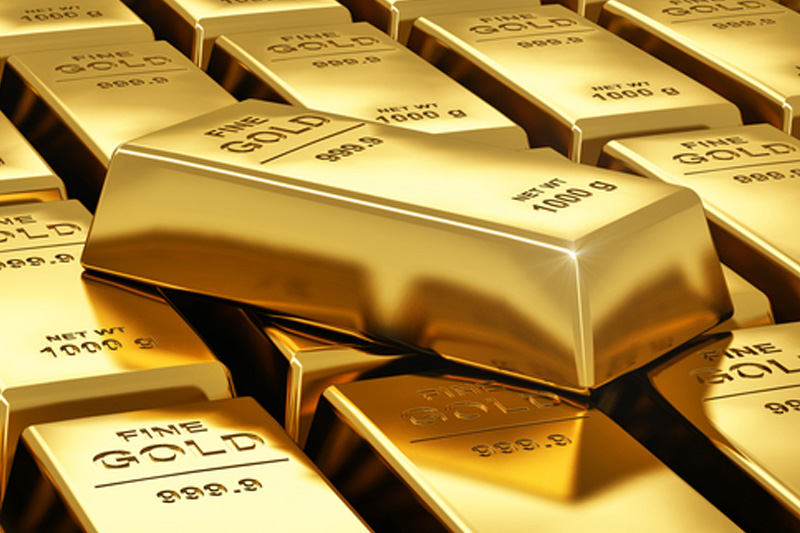By Barani Krishnan
Investing.com -- Gold longs want to finish the year at or above $1,800 — if the CPI data and Fed rate decision will allow them, that is.
Gold futures’ benchmark February contract on New York’s Comex settled Monday’s trading at $1,792 an ounce instead, down $18.40, or 1%, on the day. The session low of $1,788.95 was the lowest for Comex gold since Dec. 7, marking a near one-week bottom.
The spot price of gold, which is more closely followed than futures by some traders, was at $1,780.43 an ounce by 15:40 ET (20:40 GMT), down $16.83, or 0.9%.
“Gold prices are settling below the $1800 level as traders await both a key inflation report and the FOMC decision,” said Ed Moya, analyst at online trading platform OANDA.
“Gold has had a strong performance recently as traders widely believe that inflation has peaked, while some are hoping that a soft landing is still possible [for the U.S. economy].”
Rate hikes are an anathema to gold, which is viewed as a safe-haven bet against a flagging economy.
While a relatively modest 50-basis point hike from the Federal Reserve for December is all but baked in for Wednesday’s decision, investors will also be focusing on indications of how high rates may ultimately rise. The best indication for that will, of course, come from Chairman Jerome Powell’s news conference after the rate decision, but the precursor might actually be in Tuesday’s Consumer Price Index report for November.
Economists expect the CPI report to say that the annual rate of inflation has slowed to 7.3% from a yearly growth of 7.7% in October.
"While core goods prices in CPI are still very likely to decline in November given falling used car prices, a renewed increase in core goods PPI highlights that there remain some under-appreciated upside risks to goods prices into next year," Citigroup economist Veronica Clark said in comments carried by Reuters on Friday.
Data from last week showed that U.S. producer prices rose slightly more than expected in November amid a jump in the costs of services. But the underlying trend is moderating as supply chains ease and demand for goods ebbs.
A recent uptick in U.S. jobs data has also rekindled inflation fears, especially with wage growth accelerating in November.
In its bid to control surging prices, the Fed added 375 basis points to interest rates since March via six rate hikes. Prior to that, interest rates peaked at just 25 basis points, as the central bank slashed them to nearly zero after the global COVID-19 outbreak in 2020.
The Fed executed four back-to-back jumbo rate hikes of 75 basis points from June through November. While the more modest 50-basis point increase expected for December signals a pivot, the Fed has indicated it could turn aggressive again with rates in 2023 if inflation shows little sign of yielding.
On the economic front, there's no official definition of a recession, although many economists use two straight quarters of declines in Gross Domestic Product, or GDP, as a yardstick for such a retreat. On that note, U.S. GDP fell back-to-back in the first two quarters of this year, registering negative growths of 1.6% and 0.6%.
The third quarter of 2022, however, brought a positive GDP growth of 2.6%, raising questions as to whether a soft landing was possible for the economy, instead of a continued recession.
